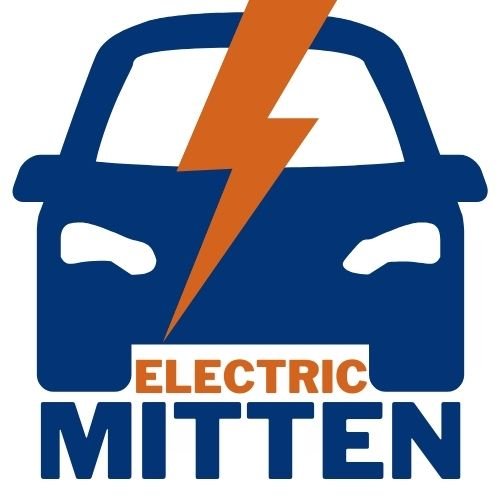1937 Detroit Electric Model 99C Coupe - Found On Hemmings
My search on Hemmings.com the other day was very fruitful. Here is another antique EV for sale. It’s an original unrestored 1937 Detroit Electric Model 99C, which can be yours for $72,500. I knew that Detroit Electric sold a handful of cars into the 1930s, delivering the last in February of 1939. I had never before seen one this late in the production run. All the vehicles that Detroit Electric sold in the last several years they were open were built on chassises from the decade before. I had assumed that the bodies were of similar vintage as the rest of the components, but I was mistaken. The car you see here features factory bodywork sourced from Dodge on a Detroit Electric frame. It is quite conventional looking for the time. Check it out in the galleries below, enjoy!























Seller’s Description:
With roots going back to approximately 1907, Detroit Electric is one of the longest surviving car companies dedicated to purely electric power. Before adopting the name Detroit Electric, the company was known as the Anderson Carriage Company, and they were among the earliest champions of battery power for their line of lightweight city cars. Detroit Electric enjoyed strong sales throughout the teens and into the twenties, peaking at nearly 5,000 vehicles per year. Buyers were offered various wheelbase options and body styles, including open touring cars and a sporty underslung roadster. However, the bulk of production was comprised of fully-enclosed coupes and sedans – which suited their target audience of well-off, city-dwelling women who appreciated the Detroit Electric’s smoke-free running and easy operation, particularly in the days before the self-starter.
Detroit Electric car sales dwindled into the 1930s as the company focused on commercial vehicle production, although passenger cars were still offered on a special-order basis. The older models’ outdated looks did little to help sales, so in 1931, Detroit Electric purchased bodies from Willys-Overland, resulting in a more conventional and modern appearance. Later models combined the Willys body with front end sheet metal sourced from Dodge as an attempt to keep the styling current with the times. Rather remarkably, Detroit Electric production soldiered on – or perhaps trickled on – until at least 1939! It isn’t known precisely how many of these later Detroits were built, and they are a rare sight, indeed.
This rare and unusual 1937 Detroit Electric Model 99 is an incredibly well-preserved survivor. It is a very late production model, one of a mere handful of known examples featuring the Dodge-sourced bodywork. It benefits from recent, sympathetic servicing and is offered in good working order, with a charming and endearing patina. From the front, the Model 99 is virtually indistinguishable from a contemporary Dodge. Detroit Electric retained the grille, vented hood, louvered inner fenders despite having little more than batteries under the skin. In contrast, the main body’s squared-off profile reveals its roots from the 1920s Willys catalog. The sheet metal of this car is remarkably straight and in good condition, with a heavy patina appropriate for an unrestored, original example.
While Detroit sought to make the styling more conventional, the cabin is anything but that. The parlor style seating arrangement places the driver on the rear bench seat, with a rear-facing jump seat and no traditional dash or steering column. The Model 99 was undoubtedly one of the last passenger cars sold with tiller steering. Like the body, the cabin is exceptionally well-preserved, with original gray fabric trim in very good order. A few blemishes and minor tears are expected, yet overall, the seats, panels, and carpets are surprisingly intact. Fittings like the window winders and door handles have lovely, ornate details reflecting the Model 99’s high-end status.
The beauty of early electric vehicles of this type is in their mechanical simplicity. Without a fuel system, cooling system, or many moving parts to maintain, they’re refreshingly straightforward to own and enjoy. This example has been fitted with new, updated deep-cycle batteries in the front and rear compartments. It drives quite well and needs little to enjoy to the fullest on the road. It would also be a most welcome participant in preservation class shows or in gatherings of historically significant alternative fuel vehicles that are an increasingly relevant part of international concours events. In today’s rapidly changing, brave new world of fully-electric and alternative fuel vehicles, this Model 99 represents an excellent opportunity to celebrate pioneering automobile companies like Detroit Electric.









